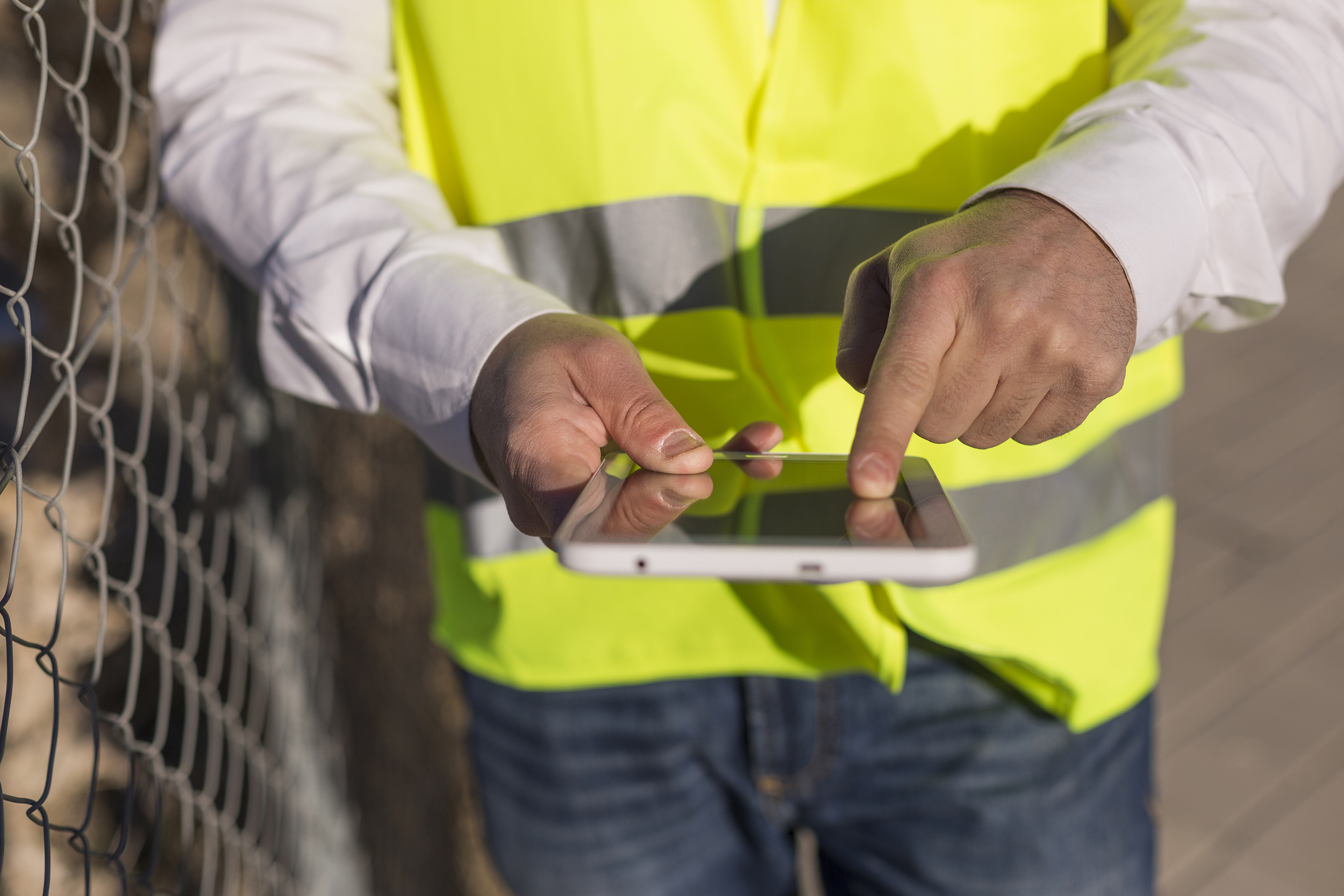A good foundation keeps a house standing and protects you from untimely losses. The same goes for the management of physical assets, where a proper asset register forms the foundation for all decisions made about your organisation’s tangible assets.
Knowing what assets you have, what condition they are in, where they are, and other specific asset-related data is the basis for decisions in support of asset management. Yet, we often see that organisations neglect to invest in establishing and maintaining accurate asset registers.
In the past, the main reason for this neglect used to be the costs involved. In the past, asset identification and verification (AIV)* projects was a costly exercise. Costs for devices such as PDA’s, software and specialised resources has made it a once-off project with high costs and little “in-house” control of the data quality or even structure in the asset register after that. In addition, continual verifications or asset register verifications (ARV)** were process driven from the software side. Changes to the format or captured data were a time-consuming exercise, rarely done.
The good news is that technology is getting cheaper and more affordable.
With digitalisation as a driving force, there are software and tools available at a fraction of the cost to get all the asset data at a higher quality with less time spent in front of the asset. Data capturing software such as Pragma’s Field Engineering App (FEA) or Device Magic’s “Forms” has made it possible for everyone in an organisation to capture asset data as a new project (blank slate) or reverify existing data from the asset register continually. Better yet is the fact that all of this can be done on a mobile device, making it more convenient and efficient. With the right expertise, the software can be set up so that human error can be minimalised and done by a resource with little training.

It is more critical than ever to have an up-to-date asset register with all available asset data captured if you would not like to be left behind. Why? It is data you already own, and that would aid you in making better decisions. Traditionally decision making was based on gutfeel and human experience. Decision making is becoming more quantitative, and to make more accurate decisions; you require sufficient data that adequately describes our processes, assets or even tradespeople’s work habits. If not, you will not be able to model the data for predictive purposes. Therefore, building accurate historical data is an investment into your future digitalisation and asset management efforts.
The crux is to know what you have and keep it up-to-date. It makes life on site a lot easier.
* AIV refers to a “blank slate” approach to building an asset register. Assets are identified, tagged (uniquely identified with a barcode/QR code), and data is captured in the location it is found, and a standard is set for future up-take and decommissioning of assets. Data such as make, model, serial number, rating and the visual condition is captured from the asset and forms part of the asset register and asset data from which maintenance decisions should be made.
** ARV refers to the verification of existing asset register data. This is done by exporting the existing asset register data and uploading it into data capturing software to verify and update the asset data (location, attributes and conditions). The verified data is then linked and balanced with the existing data, and the asset register is updated to reflect the most recent accuracy.
